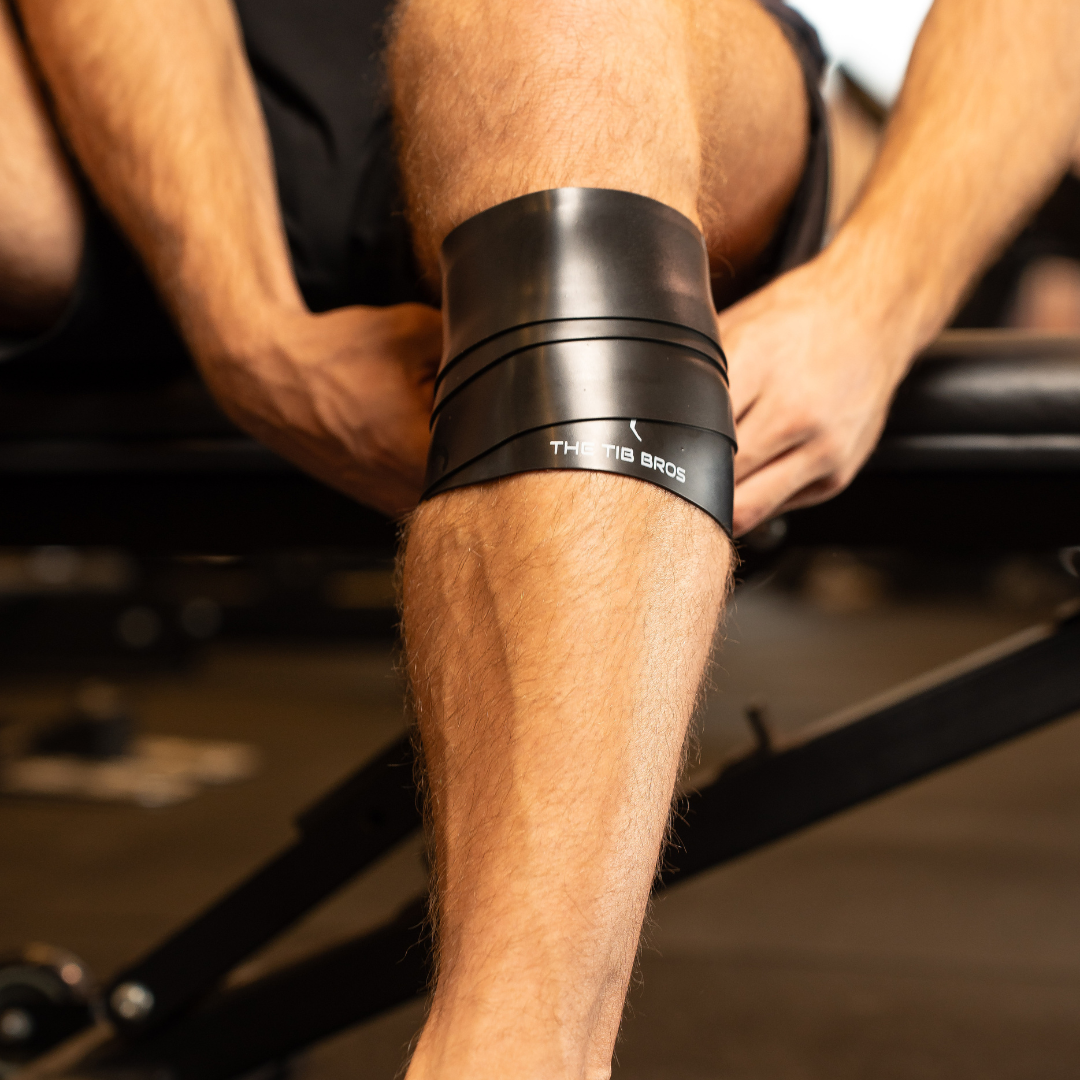Planning a ski trip is exciting, but preparing for the physical demands of skiing is crucial to ensure you enjoy every moment on the slopes without worrying about injuries, particularly knee injuries. Skiing puts significant strain on the knees, and using specialised training techniques, such as floss bands, can enhance your knee strength, flexibility, and recovery. Here’s how incorporating floss bands into your training can make a real difference and help you hit the slopes in top shape.
Why Knees Need Special Attention in Ski Training
Skiing involves high-impact movements, sudden stops, and quick turns, which place intense pressure on the knees. When skiing, your knees absorb shock as you Why Knees Need Special Attention in Ski Training Skiing involves high-impact movements, sudden stops, and quick turns, which place intense pressure on the knees. When skiing, your knees absorb shock as you descend the mountain, and they’re often in flexed positions that can strain ligaments and tendons if they aren’t adequately prepared. The most common knee injuries in skiing are ACL (anterior cruciate ligament) tears, MCL (medial collateral ligament) injuries, and strains to the surrounding muscles. Building up knee strength and mobility, while ensuring proper recovery, can help minimise the risk of injury and improve your overall skiing performance.descend the mountain, and they’re often in flexed positions that can strain ligaments and tendons if they aren’t adequately prepared. The most common knee injuries in skiing are ACL (anterior cruciate ligament) tears, MCL (medial collateral ligament) injuries, and strains to the surrounding muscles. Building up knee strength and mobility, while ensuring proper recovery, can help minimise the risk of injury and improve your overall skiing performance.
What Are Floss Bands?

Floss bands, also known as compression bands, are thick elastic bands made of latex. Originally popularised by athletes and physiotherapists, these bands are used for joint mobility, pain reduction, and injury prevention. The technique, often called “flossing”, involves wrapping the band around a joint or muscle group, applying compression, and performing specific movements to improve blood flow, break up tissue adhesions, and reduce soreness. For skiers, floss bands can be especially beneficial for: - Improving knee mobility: Keeping the knees flexible is key to handling sharp turns and maintaining control. - Reducing muscle soreness: Floss bands can help with recovery, allowing you to train harder and longer. - Enhancing knee stability: Strong, stable knees are less prone to the strains of skiing.
How Floss Bands Benefit Knee Training for Skiing

Using floss bands in your ski training has several advantages:
1. Increased Blood Flow and Circulation Compression from floss bands improves blood flow to the knee area, which is essential for muscle recovery and flexibility. Improved circulation also helps flush out waste products like lactic acid, which can accumulate after intense training sessions.
2. Greater Range of Motion When skiing, knee flexibility is crucial for absorbing bumps and maintaining balance. Using floss bands in knee exercises promotes a greater range of motion by loosening stiff tissue around the joint, which is especially beneficial if you’re dealing with tightness from past injuries.
3. Enhanced Stability and Proprioception Stability and balance are critical in skiing, as uneven terrain and rapid direction changes are common. Floss bands can be used to activate stabilising muscles in the knee, making it easier for you to maintain control during complex ski manoeuvres.
4. Pain and Soreness Relief Floss bands help to release muscle knots and adhesions, which can reduce pain and stiffness. If you’re already feeling soreness from your training, using a floss band around the knee can help speed up recovery, allowing you to keep your training on track without unnecessary delays.
How to Use Floss Bands in Your Ski Training Routine
Here are some effective floss band exercises and techniques to add to your ski conditioning programme:
1. Basic Knee Flossing for Mobility - Wrap the Band: Begin by wrapping the floss band just above the knee joint, ensuring it’s tight but not overly restrictive (aim for about 70% tension). - Movement: Perform simple knee bends (squats or lunges) for about 1-2 minutes while the band is on. - *Purpose*: This basic movement increases blood flow and helps warm up the knee, making it a great starting exercise.

2. Lateral Lunges with Floss Band for Stability - Wrap the Band: Wrap the floss band around the lower part of your thigh, just above the knee. - Movement: Perform lateral lunges, moving side-to-side while keeping the band on. This will challenge your knee’s lateral stability, which is essential for skiing. - Repetitions: Aim for 10-12 repetitions on each side. - Purpose: Lateral lunges activate the stabiliser muscles around the knee and help train for directional changes on the slopes.
Overusing can lead to tingling or numbness. - Complement with Other Exercises: Floss band training is best when combined with strength and stability exercises, such as leg presses, step-ups, and balance drills. - Use Before and After Workouts: Flossing before workouts warms up the knees, and flossing after helps with recovery.

Final Thoughts Preparing your knees for the rigours of skiing can make your ski trip more enjoyable and reduce your risk of injury. Incorporating floss bands into your knee training routine will enhance your mobility, stability, and recovery, making it easier to take on steep slopes and challenging conditions. When used correctly, floss bands can be a game-changer in your ski training regimen, enabling you to spend more time carving down the mountain and less time worrying about knee pain. So grab your floss bands, dedicate time to knee conditioning, and get ready to make the most of your ski trip!

Aktie:
The Benefits of Flossing Using Floss Bands: Enhancing Range of Motion and Stretch Tolerance
Inside Paul Saladino’s Jungle Gym: The Functional Fitness Setup Powering the Carnivore MD in Costa Rica